Need help?
Enagás in the networks
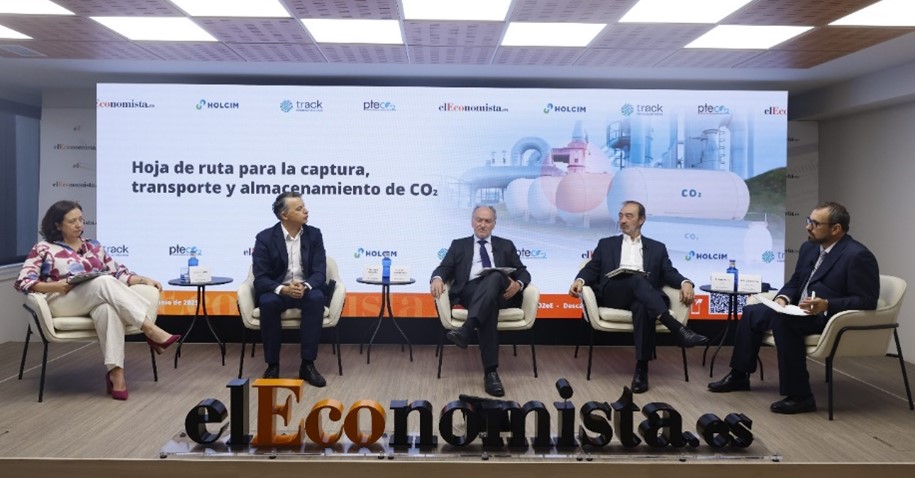
Descarbonisation
Events
Enagás highlights that the sustainable management of C02 will drive the birth of a new industry

Diversity
Corporate
Enagás reaffirms its commitment to young talent through mentoring and corporate volunteering initiatives

Renewable gases
Events
Arturo Gonzalo draws attention in the VI Expansión International Forum to Spain's leading position in the second auction of the European Hydrogen Bank

Renewable gases
Events
Enagás underlines the fact that Spain is the most competitive country in Europe when it comes to producing green hydrogen
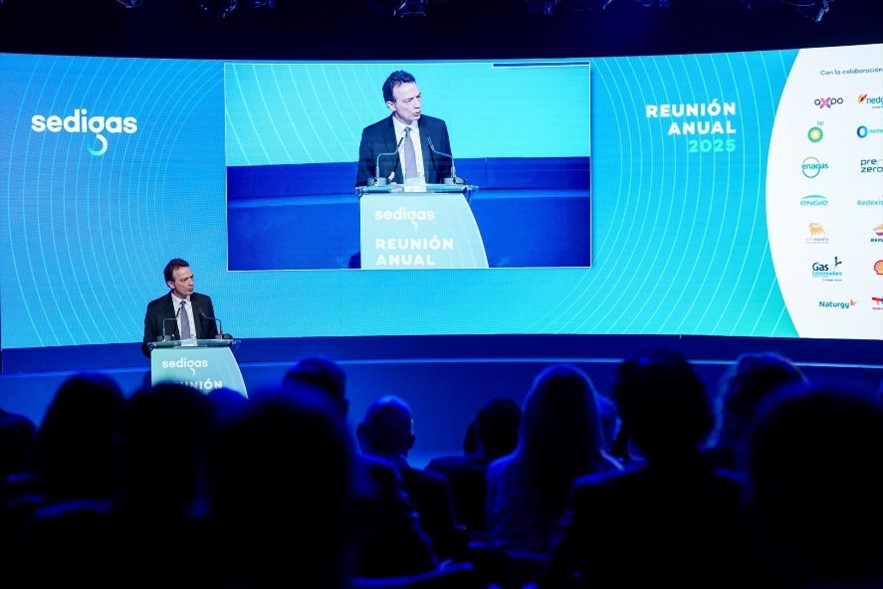
Renewable gases
Events
Arturo Gonzalo, at the Sedigas Annual Meeting: "Hydrogen is key to Europe's decarbonisation and to strategic and competitive autonomy"
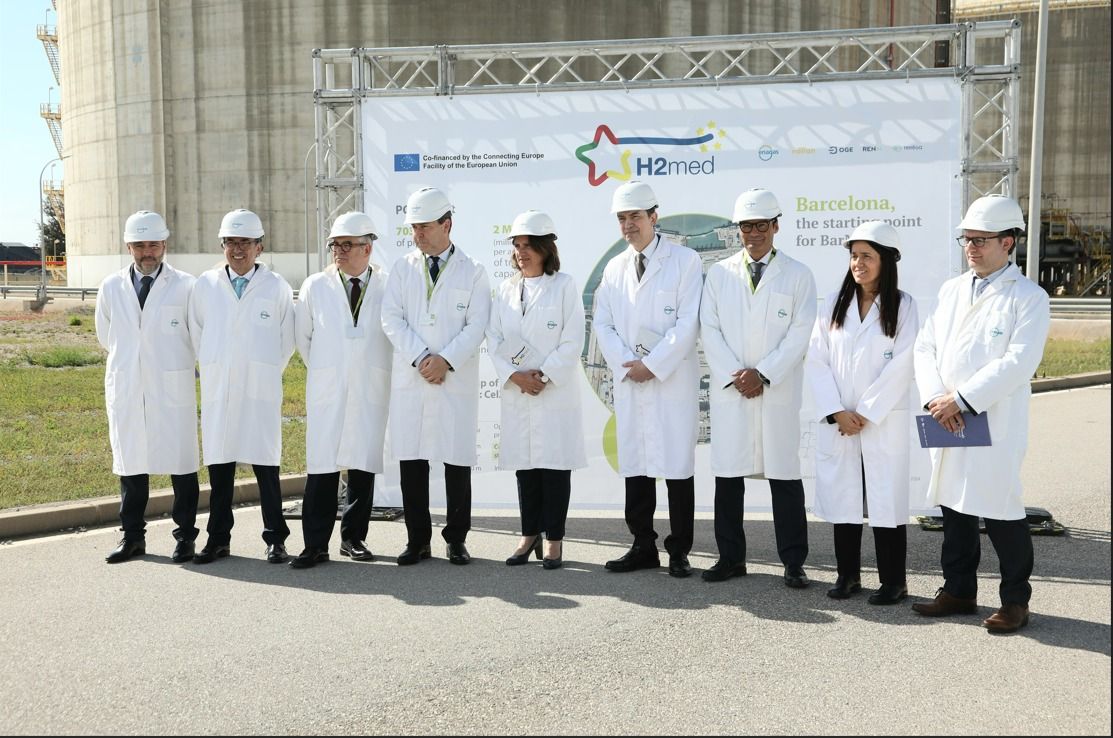
Infrastructure
Events
Teresa Ribera visits the Enagás plant in Barcelona to reaffirm Europe’s commitment to H2med
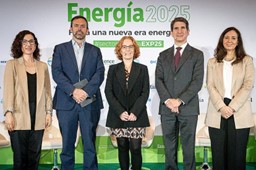
Renewable gases
Events
Enagás participates in the 2nd Expansión Energía Conference

Infrastructure
Renewable gases
Events
Arturo Gonzalo, in Wake Up, Spain!: "Hydrogen is the perfect opportunity for Spain to play a leading role in the new stage of energy autonomy in Europe"

Descarbonisation
Events
Antonio Llardén highlights Enagás' progress towards becoming a Net Zero company by 2040
.jpg)
Infrastructure
The Enagás LNG terminal in Huelva receives a visit from the Mayoress of Palos de la Frontera

Diversity
Descarbonisation
Events
Arturo Gonzalo: “The energy transition will only be successful if it is equitable”
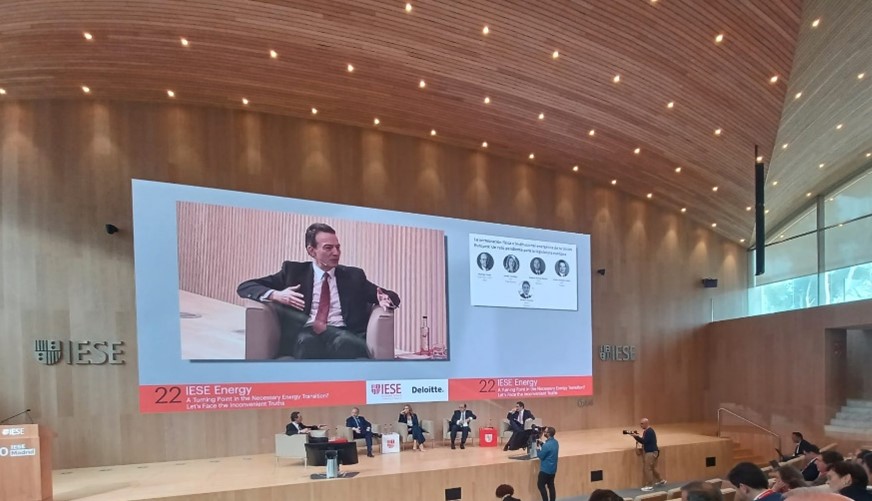
Renewable gases
Descarbonisation
Events
Arturo Gonzalo: “With the Hydrogen Backbone, we will deploy the largest Public Participation Plan ever undertaken in Spain”